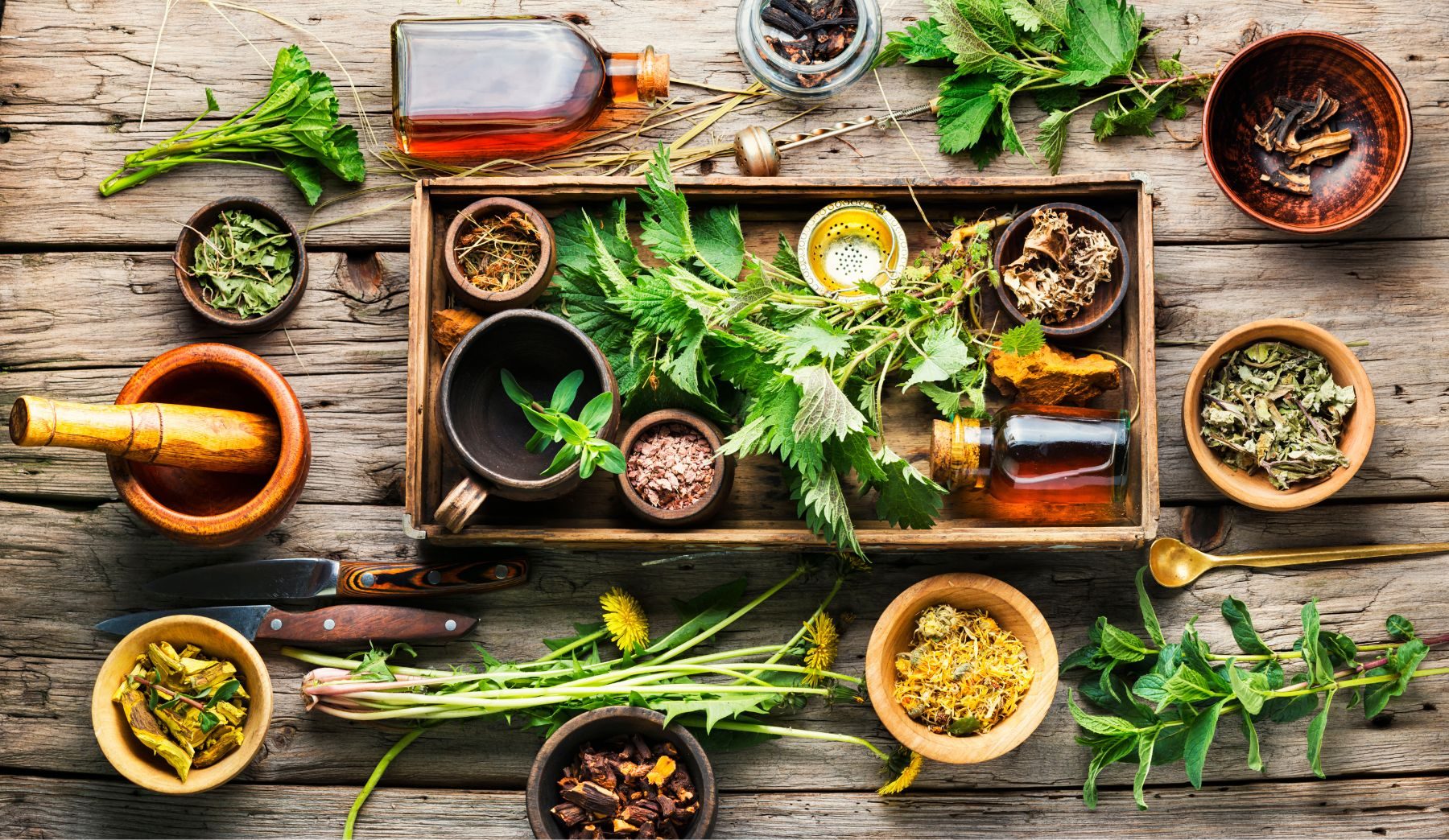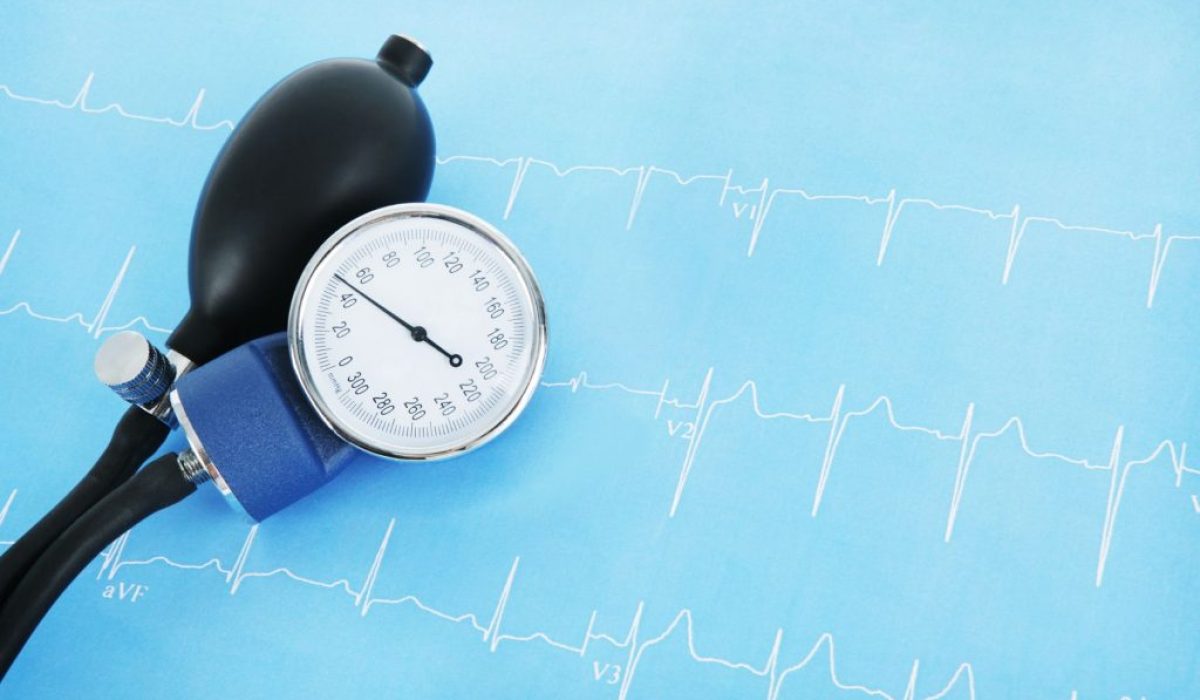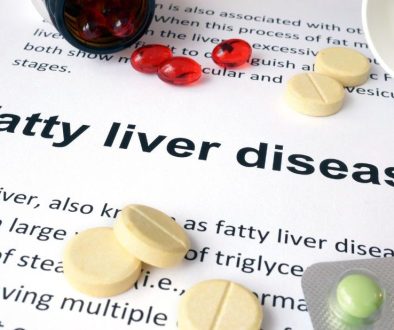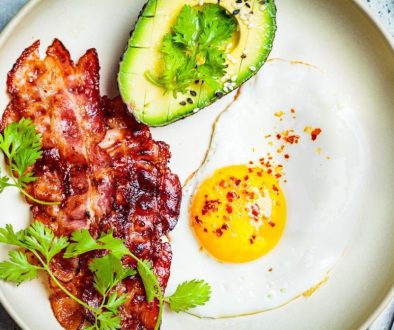Natural Ways to Lower High Blood Pressure: A Holistic Approach
High blood pressure, or hypertension, is a common health concern that affects millions worldwide. While conventional medications are often prescribed, many people are turning to natural remedies and lifestyle changes to manage their blood pressure. In this blog post, we’ll explore various herbal remedies, including Chinese medicine, as well as dietary and lifestyle modifications that can help lower high blood pressure naturally.
Holistic health emphasises prevention rather than cure, focusing on addressing the root causes of disease instead of relying on medications that may provide a false sense of security. This approach recognises that true health encompasses physical, mental, emotional, and spiritual well-being
A key aspect of holistic preventive care is nutrition. You can significantly impact their overall health by prioritising whole, real foods and eliminating processed options. Focusing on unprocessed animal proteins and low-carb vegetables provides essential nutrients while avoiding the harmful effects of refined carbohydrates and artificial additives.
This dietary approach supports metabolic health and insulin sensitivity, which are crucial factors in preventing chronic diseases. By adopting these nutritional principles, individuals can take proactive steps to maintain their health and reduce the risk of developing conditions that might otherwise require pharmaceutical interventions.
Holistic health practitioners, like myself, emphasise identifying and addressing potential health concerns and risk factors before they escalate into more serious issues. This preventive strategy aims to create an environment where the body can maintain its natural balance and healing capabilities, reducing the need for reactive medical treatments.
By embracing a holistic approach to health that focuses on prevention through lifestyle choices, including proper nutrition, you can take control of your well-being and work towards long-term health without relying on medications that may mask underlying problems.
Dietary Changes for Blood Pressure Management

Embrace a Holistic Approach to Nutrition for Optimal Health and Blood Pressure Management
In the pursuit of holistic health and natural blood pressure management, nutrition plays a pivotal role. By focusing on whole, real foods and prioritising metabolic health, we can address the root causes of hypertension and overall well-being. Here’s an expanded look at a nutrition strategy that aligns with holistic health principles:
1. Focus on Whole, Real Foods:
The foundation of a healthy diet lies in eliminating processed foods and prioritising unprocessed animal proteins and low-carb vegetables. This approach ensures you’re consuming nutrient-dense foods that support overall health. Opt for grass-fed meats, wild-caught fish, pastured eggs, and organic vegetables. These foods provide essential nutrients without the harmful additives and preservatives found in processed alternatives.
2. Embrace Healthy Fats:
Contrary to outdated nutritional advice, healthy fats are crucial for optimal health. Include sources like grass-fed butter, pastured eggs, and fatty cuts of meat from quality sources. Don’t fear saturated fats from these animal sources, as they play vital roles in hormone production, brain function, and cellular health. Incorporating these fats can help stabilise blood sugar levels and reduce inflammation, both of which are beneficial for blood pressure management.
3. Limit Carbohydrates:
Reducing or eliminating sugar and refined carbohydrates is essential for improving insulin sensitivity and metabolic health. High insulin levels can contribute to hypertension and other metabolic disorders. By limiting carbohydrate intake, especially from processed sources, you can help regulate blood sugar levels and reduce the strain on your cardiovascular system.
4. Consider a Carnivore or Low-Carb Approach:
For some people, a carnivore or very low-carb diet can offer significant benefits for heart health and blood pressure management. This approach, which focuses primarily on animal-based foods, can help reduce inflammation, improve insulin sensitivity, and promote weight loss. While it may seem extreme, many people report improved health markers and reduced dependence on blood pressure medications when following this dietary strategy.
5. Prioritise Metabolic Health:
The key to long-term health and blood pressure management lies in optimising metabolic health. Focus on foods that improve or maintain your insulin sensitivity and overall metabolic function. This includes high-quality proteins, healthy fats, and non-starchy vegetables. By prioritising metabolic health, you’re addressing the underlying factors that contribute to hypertension and other chronic health issues.
Implementing these nutritional strategies can have a profound impact on your blood pressure and overall health. Remember, this approach is about more than just managing symptoms; it’s about creating an internal environment that supports optimal bodily function and natural healing processes.
As you transition to this way of eating, pay attention to how your body responds. Many people report increased energy, improved mental clarity, and better sleep in addition to normalised blood pressure. However, it’s crucial to work with a healthcare professional like myself who understands this approach, especially if you’re currently on blood pressure medication, as your dosage may need adjustment as your health improves.
By embracing these holistic nutritional principles, you’re not just managing blood pressure; you’re investing in your long-term health and well-being, addressing the root causes of disease rather than relying on medications that may provide a false sense of security.
Nitric Oxide and Blood Pressure: The Crucial Connection

Nitric oxide (NO) plays a vital role in regulating blood pressure and maintaining cardiovascular health. Research has shown that impaired NO bioavailability is a significant component of hypertension. Here’s how nitric oxide impacts blood pressure and how certain lifestyle approaches, including red light therapy, can help:
The Nitric Oxide-Blood Pressure Relationship
- Vasodilation: NO acts as a potent vasodilator, relaxing and widening blood vessels and directly reducing blood pressure.
- Endothelial Function: Impaired NO production is a hallmark of endothelial dysfunction, a key factor in hypertension.
- Arterial Stiffness: NO helps maintain arterial flexibility, countering the arterial stiffness associated with systolic hypertension.
Lifestyle Approaches to Boost Nitric Oxide
- Red Light Therapy: This emerging approach stimulates NO production. – Red light (670 nm) has been shown to facilitate the release of NO precursors stored in tissues. Just 20 minutes of red light therapy can increase blood flow to nerves and tissues, with effects lasting several hours. – Red light therapy may enhance the vasodilatory effect of nitrite and liberate NO from various compounds in the body.
- Exercise: Regular physical activity stimulates NO production by increasing shear stress on blood vessel walls.
- Stress Reduction: Practices like meditation and deep breathing exercises may help maintain healthy NO levels by reducing oxidative stress.
- Quality Sleep: Ensuring 7-9 hours of quality sleep per night may support overall cardiovascular health, including NO production.
By incorporating these lifestyle approaches, particularly regular exercise and exploring red light therapy, individuals may support their body’s natural NO production, potentially contributing to better blood pressure management. However, it’s crucial to consult with a healthcare professional before making significant changes to your health regimen, especially if you’re currently managing hypertension.
Herbal Remedies for Hypertension

Western Herbs
Western herbs have long been used to support cardiovascular health, including helping to manage high blood pressure. These herbs often work through mechanisms such as vasodilation, antioxidant effects, and stress reduction.
1. Garlic: Rich in allicin, garlic has been shown to help relax blood vessels and improve blood flow. Studies have found it can reduce systolic and diastolic blood pressure significantly.
2. Hibiscus: Drinking hibiscus tea regularly may help lower systolic blood pressure. Its pleasant taste makes it an easy addition to your daily routine.
3. Ginger: Known for its multiple health benefits, ginger may help lower blood pressure and improve circulation.
4. Cinnamon: This common spice has been found to help dilate and relax blood vessels, potentially lowering blood pressure over time.
5. Basil: While more human studies are needed, animal research suggests basil may have blood pressure-lowering properties.
Chinese Herbal Medicine
Chinese medicine offers several herbal formulas that have been used for centuries to manage hypertension:
1. Danshen (Salvia miltiorrhiza): Known to improve blood circulation by relaxing blood vessels.
2. Huang Qi (Astragalus): Strengthens the immune system and may lower blood pressure by improving heart function and reducing stress.
3. Tian Ma (Gastrodia Elata): Used to calm the nervous system and manage stress-induced hypertension.
4. Luobuma (Apocynum Venetum): Recognised for its antihypertensive properties.
5. Ju Hua (Chrysanthemum): Can help relax blood vessels and improve overall heart health.
Herbal Tinctures and Formulas

Herbal tinctures, as prescribed by herbalists, offer a holistic approach to managing blood pressure and supporting cardiovascular health. These natural remedies often contain a complex blend of active compounds that work synergistically to produce therapeutic effects.
- Hawthorn Berry Tincture: Known for its heart-healthy properties and potential to lower blood pressure. Studies have shown that hawthorn extract can reduce diastolic blood pressure in patients with type 2 diabetes and mild hypertension
- Motherwort Tincture: May help reduce stress and anxiety, indirectly supporting healthy blood pressure. Motherwort has been shown to have anti-arrhythmic effects and can help regulate heart rates. A small trial using motherwort oil showed significant improvements in blood pressure readings, heart rate, and ECG.
- Olive Leaf Extract: Shows promise in reducing blood pressure and improving cardiovascular health. While not mentioned in the search results, this remains a potential option for blood pressure management.
- California Poppy: While primarily known for its calming effects, it may indirectly help with stress-related hypertension. California poppy has been used to gently relax blood vessels and has a calming effect on the heart, which may help with hypertension resulting from anxiety and stress.
- Valerian Root: Often used for sleep and relaxation, which can contribute to lower blood pressure. Some research suggests it could lower blood pressure and improve heart function.
It’s important to note that while these herbal remedies show promise in managing blood pressure, they should not replace prescribed medications. Always consult with a healthcare professional before incorporating new herbal supplements into your regimen, especially if you have existing health conditions or are taking other medications.
Conclusion
While these natural remedies and lifestyle changes can be effective in managing high blood pressure, it’s crucial to consult with a healthcare professional before making significant changes to your treatment plan. Could you look up The heart doctor – Dr Ovadia – his approach emphasises the importance of metabolic health and challenges conventional wisdom about saturated fats and red meat. Combining traditional wisdom with modern medical insights, a holistic approach often yields the best results in managing hypertension and promoting overall health. Consistency is key when it comes to natural remedies and lifestyle changes. You can take significant steps towards healthier blood pressure levels and improved cardiovascular health with patience and dedication.



